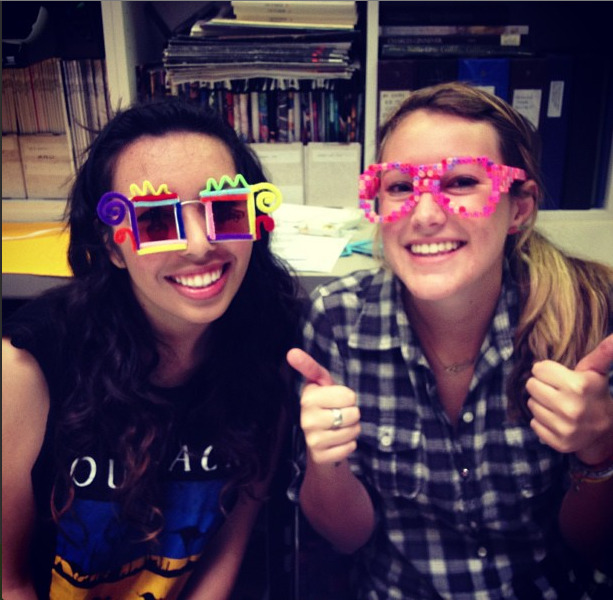We are hiring a temporary contract curator to activate the plaza this summer with 25+ cultural events. The goal is two-fold:
- to start engaging the plaza as a creative, event-filled, vibrant space.
- to experiment with different kinds of events (time of day, audience, size, type) and get a sense of how we can best program the space in the longterm.
The ideal candidate has a good grasp of our local artistic assets in Santa Cruz County, a knack for participatory placemaking, and enthusiasm about putting on a show... multiple times per week. If you are interested and want to learn more (including how to apply), click here.
Capital projects are sexy and exciting, but they are also finite and physical. That makes me nervous. My engineering training taught me to design through iteration. I'm at my best when we can tinker, prototype, and continuously improve our work through a series of small experiments.
This iterative approach is great for growth in an existing organization. But in the case of Abbott Square (the plaza in question), we're building something new. It's literally a project in concrete. We can iterate somewhat, but at some point, we have to make decisions about how the space will work--and those decisions can cost hundreds of thousands of dollars. The size and import of some of these decisions worry me--not because we'll make bad decisions, but because they are so definite.
There's an apocryphal story about a college campus where they started with no concrete paths, and then eventually laid paths where students' shoes were causing wear in the grass. Lovely story, but when you are laying concrete, it is really, really hard to wait for the shoes before building the paths.
How can we wait for the shoes? That's part of the reason we are hiring a temporary contract curator instead of a permanent position. We want to try walking around before we define the program plan for Abbott Square.
Eventually, we will hire a full-time person to curate Abbott Square. But we don't yet know whether that person will be focusing primarily on booking movie nights or launching sketching clubs or engaging buskers... or all of the above. This temporary pilot allows us to test out the possibilities. We can see what works best in the space, and by extension, what kind of person will best make it happen.
I'm curious whether other organizations have taken this kind of approach with positions in new venues/projects/expansions. How do you know who you need before you open? How do you experiment and course-correct as people wear their own paths into the space?
If you are reading this via email and would like to share a comment, you can join the conversation here.



